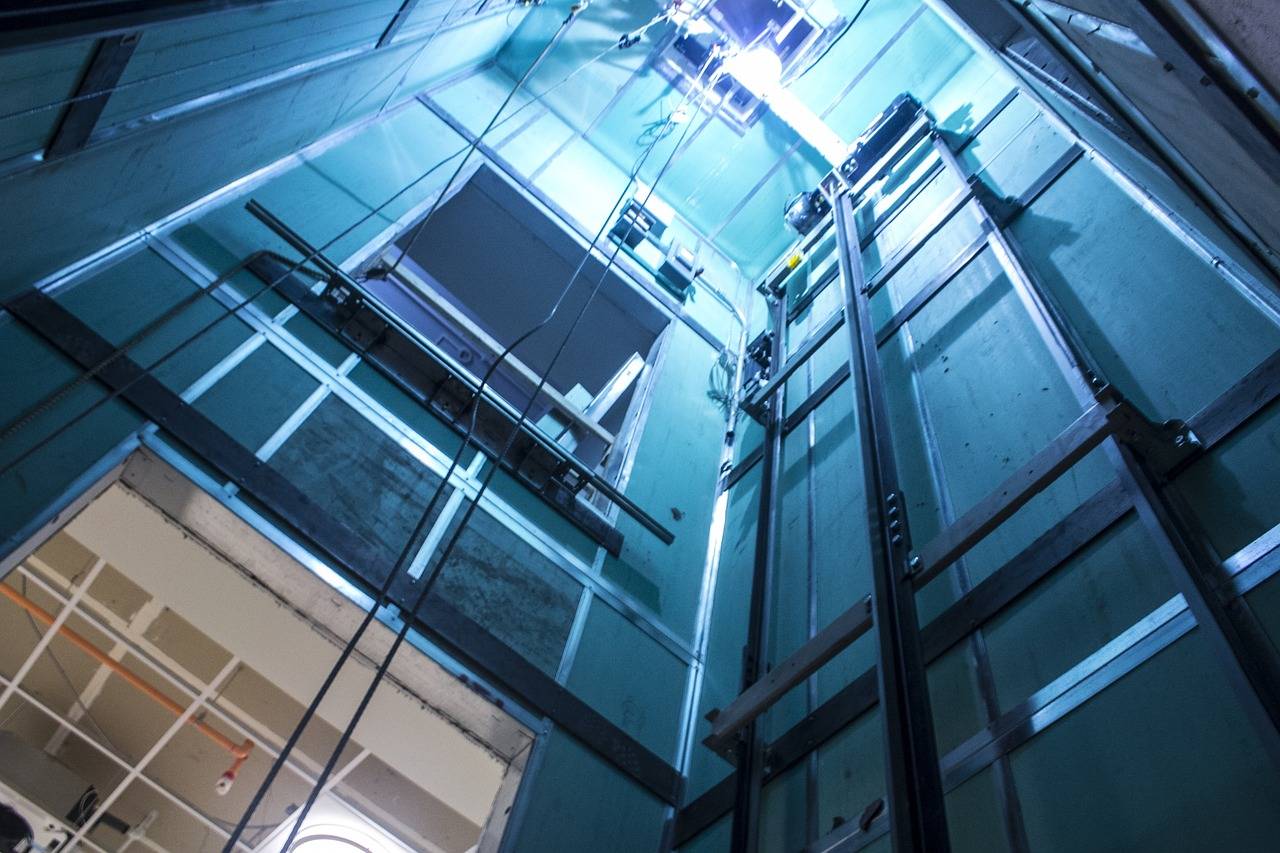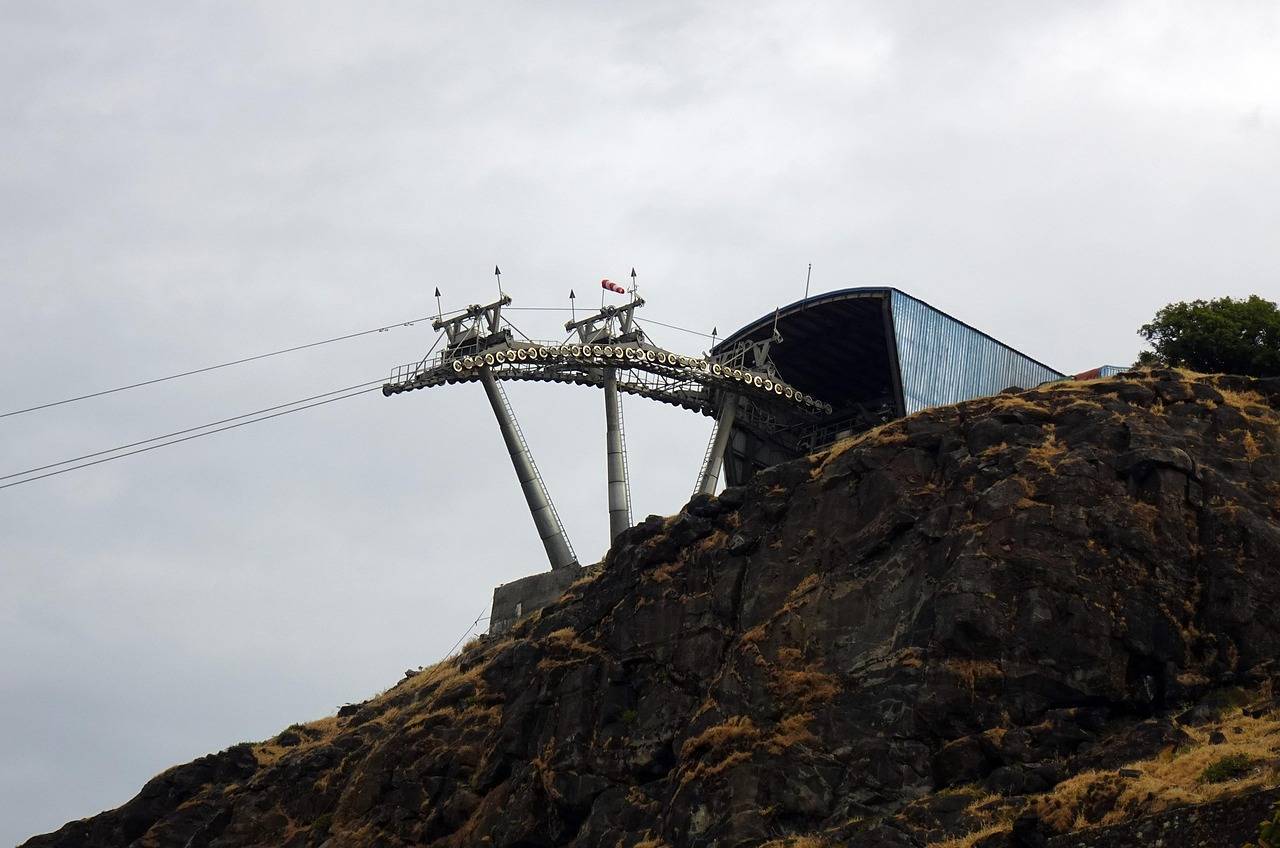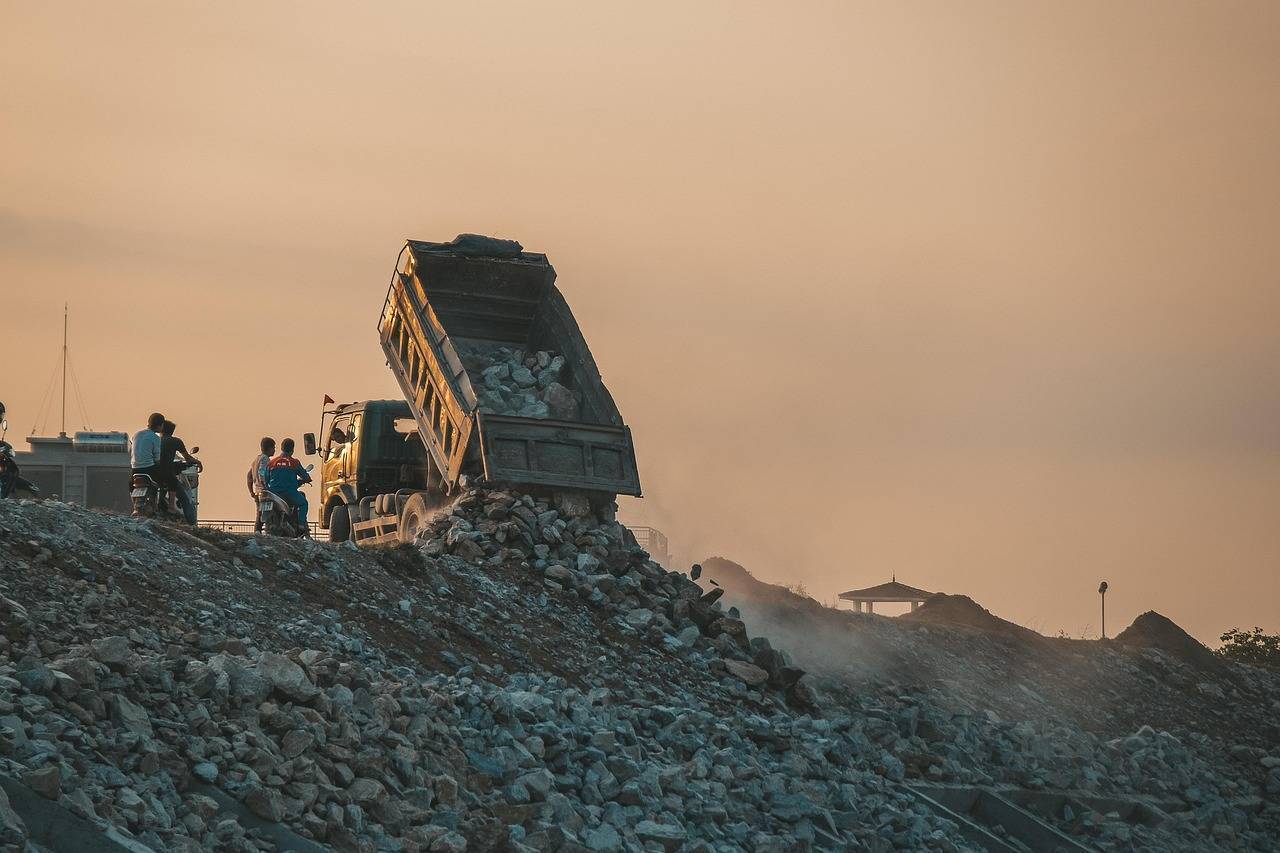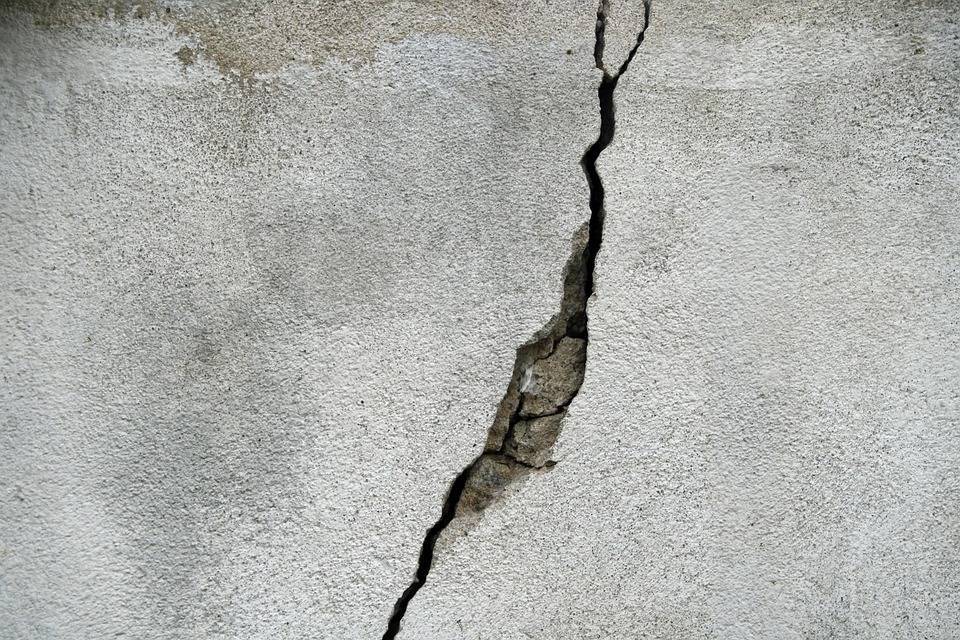The safety of lifts and escalators in multistorey buildings and urban establishments has been a growing concern in Uttar Pradesh, underscored by tragic incidents that have highlighted the risks associated with malfunctioning vertical transportation systems. In response to these challenges, the Uttar Pradesh Cabinet has approved the Lift and Escalator Rules-2024, a comprehensive regulatory framework aimed at enhancing safety standards and ensuring the reliability of these essential infrastructure elements. This initiative follows the passage of the U.P. Lift and Escalator Act-2024 earlier in the year, marking a significant legislative step towards safeguarding public well-being.
Background and Motivation
The need for stringent safety measures is rooted in several unfortunate incidents. One particularly poignant event occurred on August 3, 2023, in Noida's Sector 137, where a 73-year-old woman tragically lost her life due to a lift malfunction. This incident, among others, has underscored the critical importance of robust regulations to prevent such accidents and ensure the safety of individuals using lifts and escalators across the state.
Key Provisions of the Rules
1. Registration Requirements:
The Lift and Escalator Rules-2024 introduce mandatory registration procedures to regulate the installation and operation of lifts and escalators:
- Mandatory Installation Registration: Prior to installation, owners of premises must submit an online application for registration. This initial step ensures that all new installations meet specified safety standards from the outset.
- Post-Installation Registration: Upon completion of installation and commissioning, owners are required to register with the Director of electrical safety. This process involves the payment of a prescribed fee and ensures that all installations comply with regulatory requirements.
- Validity and Modifications: The validity period of registration aligns with manufacturer specifications. Any modifications or alterations to installed lifts or escalators necessitate re-registration to maintain compliance with updated safety standards.
- Existing Installations: Owners of existing lifts and escalators are mandated to complete online registration within six months of the rules' announcement. This proactive measure aims to bring all existing installations under the purview of the new safety regulations promptly.
2. Maintenance and Safety Protocols:
To ensure the ongoing safety and operational reliability of lifts and escalators, the rules establish stringent maintenance and safety protocols:
- Annual Maintenance Agencies: All lifts and escalators must be serviced by registered annual maintenance agencies (AMAs). These agencies are responsible for conducting regular inspections and maintenance checks to uphold safety standards.
- Automatic Rescue Devices: The installation of automatic rescue devices in all lifts is made mandatory. These devices are designed to safely evacuate passengers in the event of a power outage or mechanical malfunction, mitigating potential risks and ensuring swift response to emergencies.
- Qualified Operators: Public premises where lifts and escalators are installed must appoint certified operators. These operators undergo specialized training to operate and manage the equipment safely and effectively.
- Technical Staff Requirements: Annual Maintenance Contracts (AMCs) necessitate the deployment of qualified technical staff. These professionals are responsible for executing maintenance tasks as per the prescribed schedules, thereby ensuring the continuous functionality of lifts and escalators.
Implementation and Compliance Framework
The effective implementation of the Lift and Escalator Rules-2024 is crucial to achieving enhanced safety outcomes across Uttar Pradesh:
- Immediate Action: The state government has initiated immediate action to facilitate online registration processes. A user-friendly platform has been launched to streamline applications and ensure swift compliance with regulatory requirements.
- Compliance Deadline: Owners of existing lifts and escalators are provided with a six-month window to complete registration under the new rules. This timeline underscores the government's commitment to expeditiously enforce safety standards across all installations.
- Oversight and Monitoring: The director of electrical safety will oversee the compliance of registered entities with maintenance schedules and safety protocols. Regular monitoring and inspections will be conducted to uphold regulatory standards and ensure adherence to prescribed guidelines.
Impact and Future Prospects
The implementation of the Lift and Escalator Rules-2024 is expected to yield significant benefits for public safety and infrastructure management in Uttar Pradesh:
- Enhanced Public Safety: By enforcing stringent registration and maintenance protocols, the rules aim to prevent accidents and instill public confidence in the safety of lifts and escalators.
- Benchmark for Other States: Uttar Pradesh's proactive approach sets a benchmark for other states in India. The comprehensive regulatory framework underscores the importance of prioritizing safety, maintenance, and accountability in urban infrastructure management.
- Long-term Benefits: The sustained implementation of these rules promises long-term benefits, including reduced risks associated with lift and escalator operations, improved operational reliability, and heightened public trust in urban infrastructure.
Conclusion
The approval of the Lift and Escalator Rules-2024 by the Uttar Pradesh Cabinet represents a significant stride towards ensuring the safety and reliability of lifts and escalators across the state. Through mandatory registration, rigorous maintenance standards, and the installation of essential safety features such as automatic rescue devices, the government aims to mitigate risks and enhance safety standards in vertical transportation systems. This proactive legislative initiative underscores the state's commitment to public safety and sets a precedent for effective urban infrastructure management nationwide.
Image source- pixabay.com









.png)